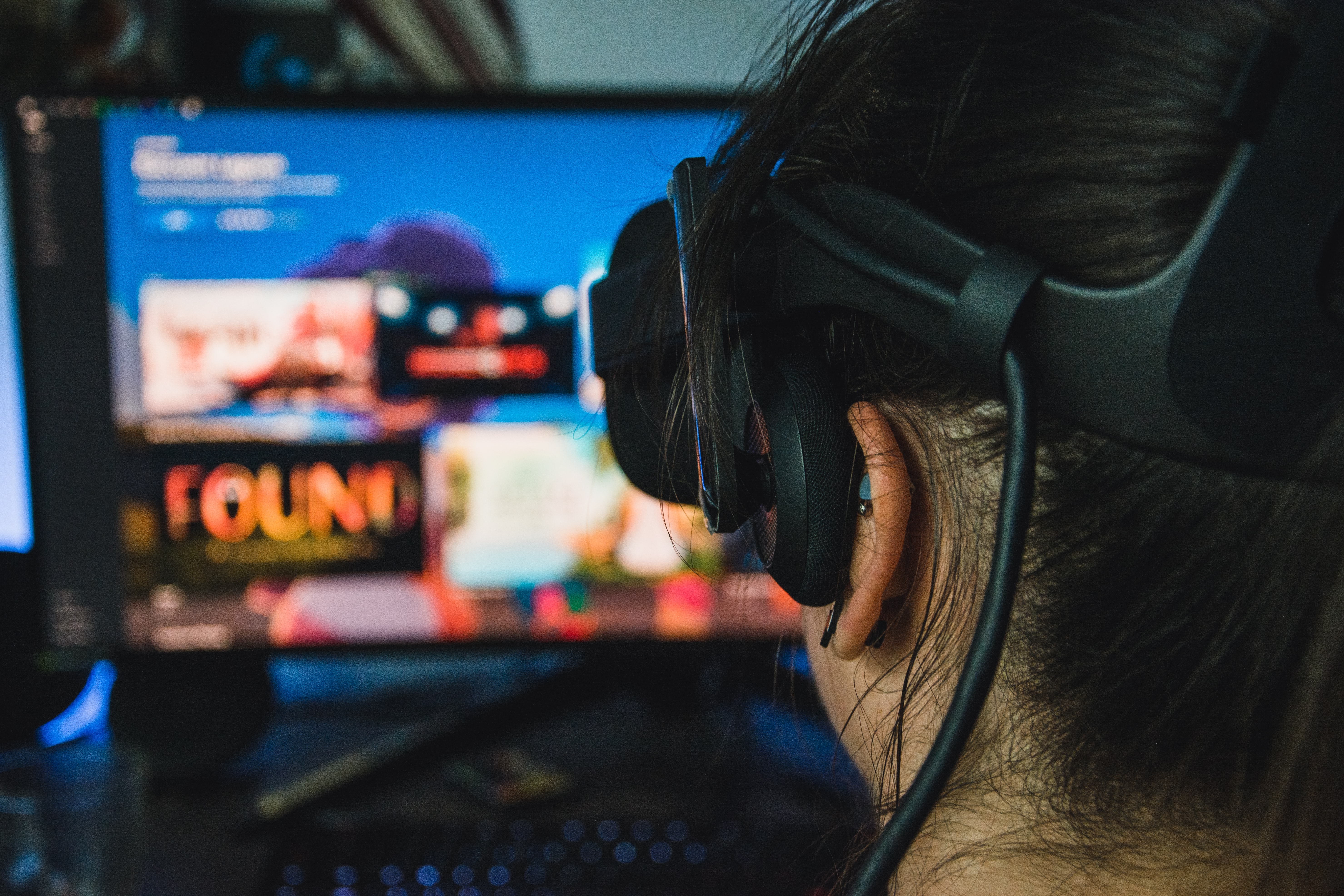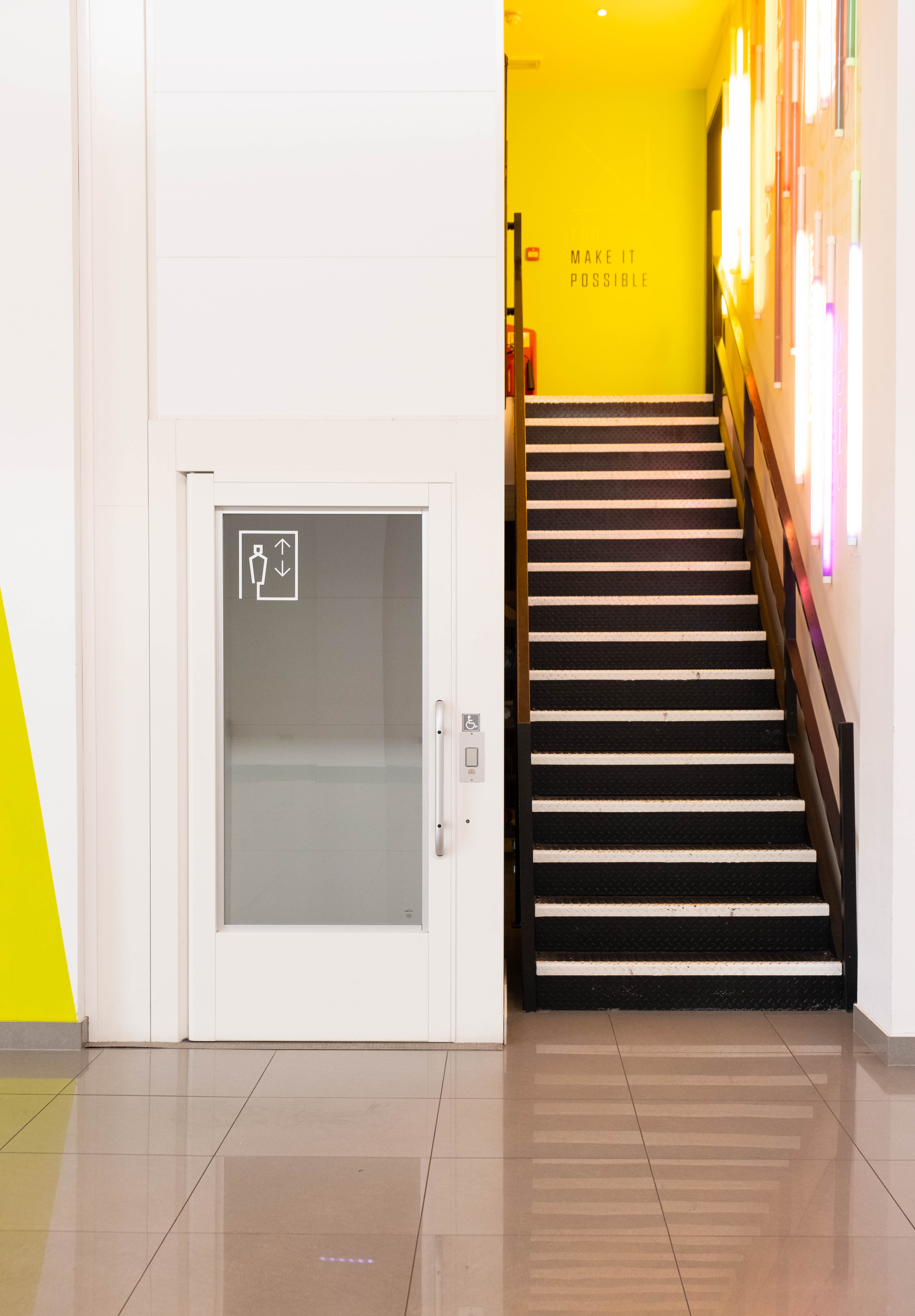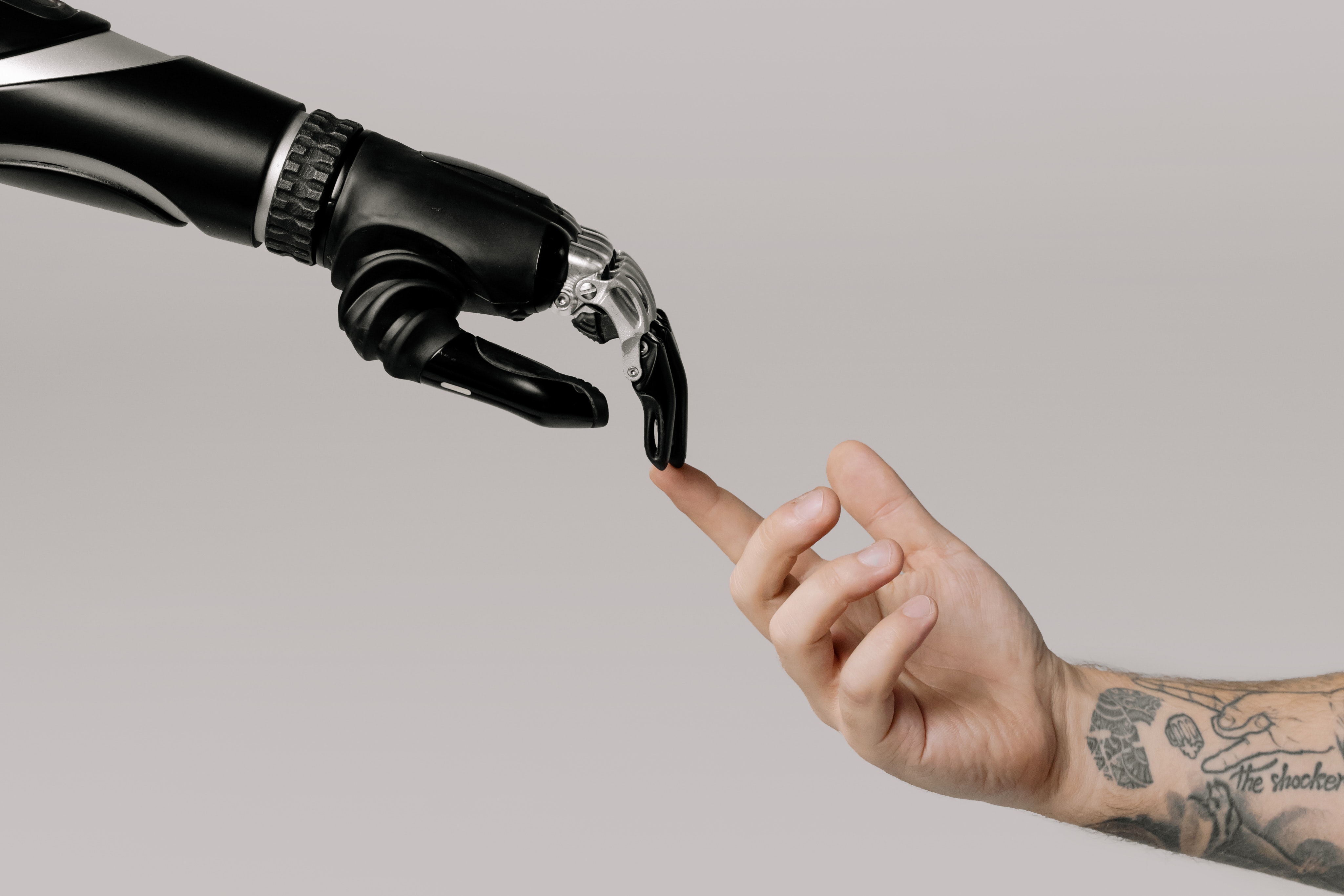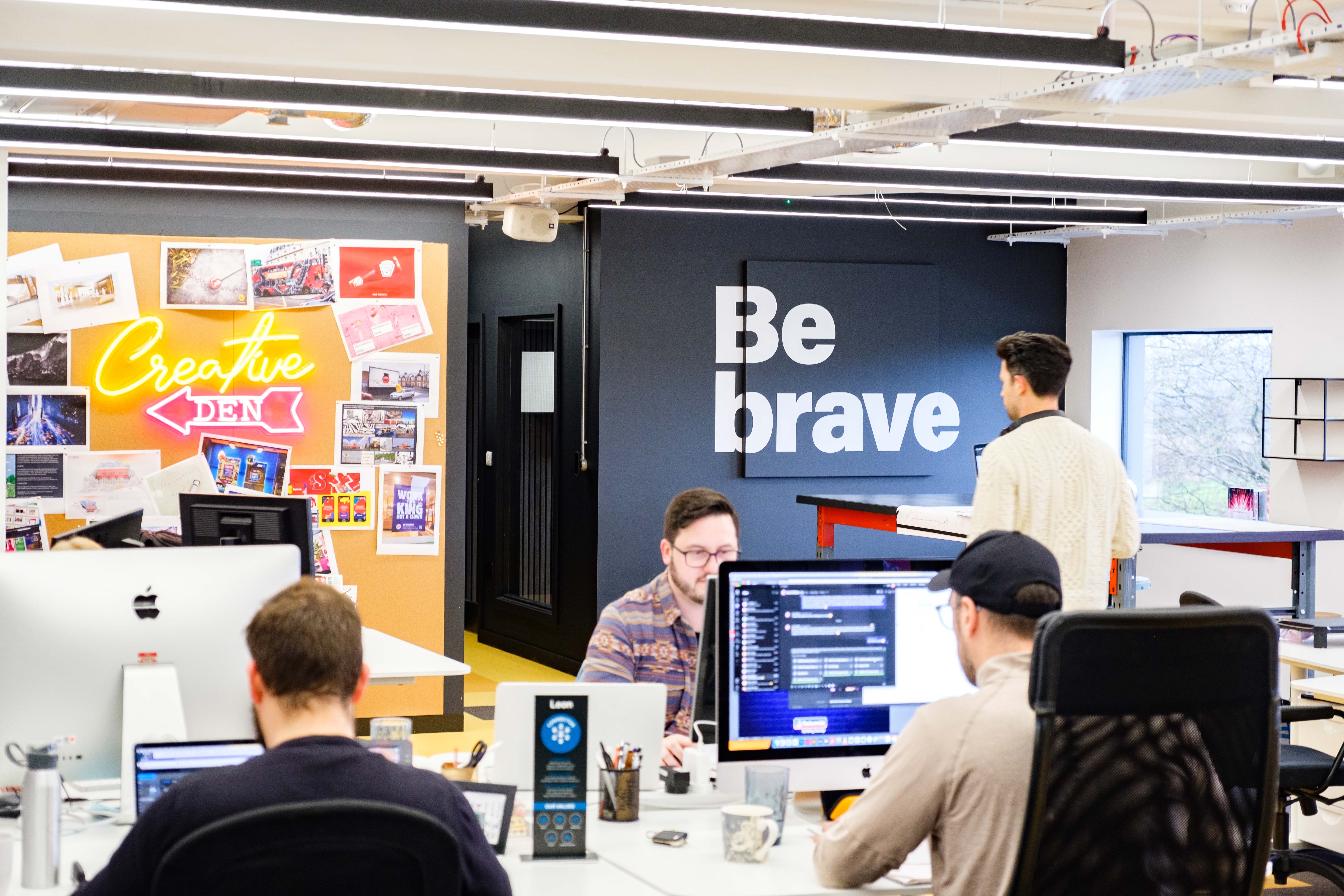With the rise of attention on the metaverse in the digital sphere, I keep seeing these three terms being thrown around for brands to capitalize on in their marketing strategy: Augmented Reality, Virtual Reality and Metaverse.
One quick google search of any of these terms provides plenty of examples of companies using these technologies in efforts to grab a dominant spot in this new(ish) digital frontier. However, you may notice these terms being used interchangeable (or so it seems). Combine that with the ongoing confusion about what is and is not the metaverse, and that makes incorporating these technologies and activations a harder sell to your head of marketing, CEO or even your client.
AR, VR and metaverse all require different technologies and skill sets, some more robust than others. This article provides clarification in layman terms as well as working examples of these technologies so you can go into your pitch, case study, post or even your own desktop research armed with basic knowledge and understanding. And most importantly, so you can accurately apply them to your own long term business and marketing strategies.
Augmented Reality
Augmented Reality (AR) is when you apply digital overlays to physical environments. So instead of building a new virtual world, AR is just adding on top of our existing environment (and in most cases, the world portrayed through our phone cameras).
We use and see examples of augmented reality daily through the Instagram, TikTok and Snapchat filters. For most of us, these usage looks like images added extra images, animations or designs onto your camera interface or even shifting your personal appearance on camera. For blog reading fun, here are some of my personal favorite unbranded AR trends for you to enjoy: [HORACE] [ANGRY] [CLOWN].
Your brand can easily use and build AR into your strategy! Incorporating AR into your marketing strategy is far easier as platforms like Instagram have made it relatively easy for anyone to jump in and create a filter. No coding necessary. You can also incorporate it into native apps for a more shareable or "realistic" experience.
Brands like Pokémon Go incorporate AR natively to make catching Pokémon feel like a lifelike experience while fitness app Any Distance incorporates AR by boasting sharable medals after completing an activity.
Whether you have a native app photo experience or want to do a custom filter on social, AR campaigns are a lower barrier to entry for brands to interact with customers in a playful way.
Virtual Reality
Virtual Reality (VR) is technology, usually through a headset, that immerses you into a wholly new world, 360 degrees around.
On a consumer level, games like Beat Saber became incredibly popular and pop-up interactive museums like the Van Gogh Experience offer VR storytelling as part of their experience so guests can explore the deeper context of an artist's life.
Brands like Merrel and Lowes leverage VR to allow audiences to become more familiar with their brand and products. Merrell’s Trailscape experience invited users to the release of their new hiking shoe where they were able to test them out on an extreme VR hike. A VR headset combined with a physical course allowed users to have a complete sensory brand experience.
Lowes used VR to empower both employees and customers in their knowledge and skillset. They were able to teach novice DIY-ers how to tile and practice the muscle memory without the risk of ruining their first time doing a project. Lowes also took VR to store level training by leveraging VR to teach employees critical customer skills through life like simulation.
While this is incredibly engaging and can have your audiences emotionally and physically connect with your brand, it is a higher barrier to entry requiring the right equipment to access the virtual world and a team to help you bring the world to life.
But there is the case to incorporate your own VR marketing strategy when considering all the use cases:
- Storytelling
- Digital showcasing
- Onboarding + Training
- Gaming
- Practicing + Teaching new skills
This tech offers immersive ways to connect with a story, brand or world. Brands could benefit from incorporating VR into event activations, learning and providing engaging extensions to the brand.
Metaverse
As someone keen on understanding the metaverse, it required far more desk research than the casual wikipedia scan or youtube video to actually uncover what is and what is not the metaverse.]
You’ll see massive B2C companies like Gucci and Nike building worlds within Roblox and that'll be considered VR, metaverse and, well, not the Metaverse. Prompting the question - what is actually the metaverse?
Before we jump into definitions, I’ll go ahead and knock out some misunderstandings about the metaverse:
- Meta (formerly Facebook) does not own or run the metaverse. However, Meta is keen on pushing and building their own technology in this sphere. If you're wanting to learn more around the drive behind businesses racing to be the dominant platform in the metaverse, MKBHD does a really good job of explaining Meta’s ambitions and motivations around crafting their metaverse in [THIS] video.
- The metaverse started off as a conceptual part of web3. The proposed metaverse does not exist yet, but the use of the term prevails through marketing efforts, especially when we talk about virtual worlds built with interactive user qualities.
- Huge companies like Microsoft, Meta, Roblox and Snap are all working to create virtual worlds that resemble our physical worlds, but they are not technically part of web3's metaverse vision (yet).
The best way to explain the current difference between the metaverse and VR is that, (and this is an oversimplification for the sake of understanding the function), the metaverse is like the internet and virtual reality is like the web page.
The proposed concept of the metaverse (which may or may not eventually become the reality) is a collection of 3-D worlds where users can interact together and hop between seamlessly with one unifying user profile. In web3’s metaverse, there is the focus on the seamless individual: where actions, profiles, digital goods, and crypto wallets are rolled into one. Imagine your Twitter, Linkedin, Instagram and Apple ID all being rolled up into one virtual identity.
Before you sigh in relief at the concept of not having to remember yet another login or cringe at the thought of your personal and professional online identity forced to play nice together, Wired’s Eric Ravencraft grounds us by pointing out, “Despite this, the idea of a Ready Player One-like single unified place called 'the metaverse' is still largely impossible. That is in part because such a world requires companies to cooperate in a way that simply isn't profitable or desirable.“ So what does the metaverse actually mean if the concept has yet to become a reality?
As of early 2023, the definition is as flexible as this time of ever-growing technology. It encompasses this new wave and desire to have community and at the forefront of digital experiences.
If you're not satisfied with the vague concept, At DRPG, we refer to the metaverse as: Virtual platforms where users can enjoy simulated real-world experiences in digital, dynamic environments. They can enjoy these experiences alone or with real people, no matter where they are in the world, all they need is an internet connected device.
Some virtual platforms are built for specifically gaming while some are built for interactive VR experiences. And with that, joining a metaverse can differ from platform to platform. Some offer access through your computer or phone while others require VR headsets and some offer entry through both computer and headset. Where you build your company’s metaverse initiative is primarily based on a couple different factors.
When choosing where to build your company's metaverse initiative, consider:
- Goals + KPIs: What are you trying to measure for a successful metaverse brand activation or event?
- Audience Reach: Who do you want to access your metaverse and how do you expect them to access it?
- Environmental Impact + Privacy: web3 and their blockchain based platforms are scathed with criticism over privacy issues, immutable data and their environmental impact.
At the end of the day, what resonates with your audiences comes from thoughtful curations rather than the plain usage of novel technologies. At DRPG, we help guide your brand marketing initiatives, from consultation to digital execution, to make sure you’re reaching the right people.
Have an idea you’re ready to take to the next level?











